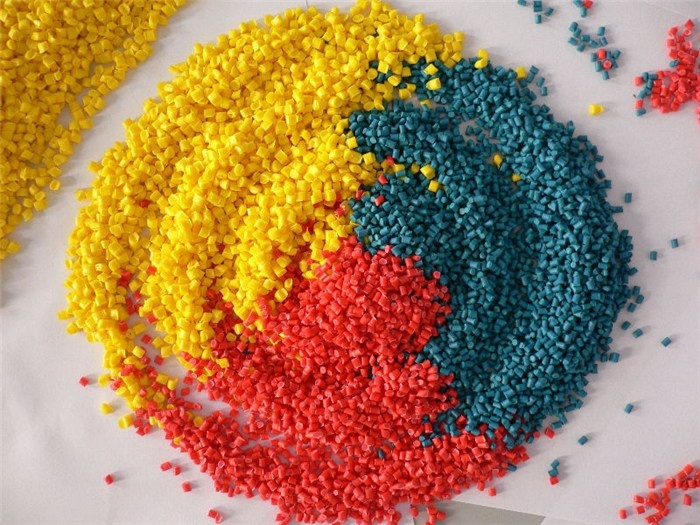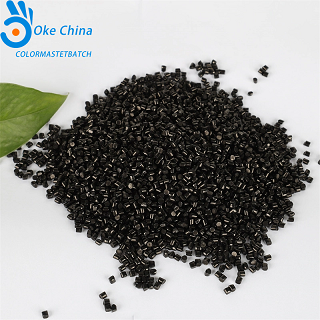From pacifiers to toys: Why is TPE material so popular?
The toy manufacturing industry is facing significant challenges in material safety and environmental standards. The environmental performance of TPR (thermoplastic rubber) and TPE (thermoplastic elastomer), mainstream toy materials, is directly linked to children's health and the sustainable development of the industry, garnering widespread attention.
TPE, known for its excellent environmental performance, is becoming the preferred choice for high-end toys. Based on SEBS, this material is free of hazardous substances such as phthalates and bisphenol A. It has passed stringent certifications such as the FDA and LFGB, and has a dominant position in the baby products and medical device sectors. It offers a temperature resistance range of -60°C to 135°C, is resistant to aging, and is non-degradable, ensuring long-term safety.
In contrast, while TPR material also contains no volatile toxic substances such as toluene and formaldehyde, it still presents certain risks in practical applications. Market monitoring has revealed that some low-priced TPR toys use recycled materials and exhibit excessive levels of plasticizer migration. Test data also shows that toluene emissions from some substandard products far exceed safety limits, primarily due to the use of inferior raw materials and improper surface painting processes.
In terms of certification standards, internationally accepted basic certifications such as ROHS, REACH, and EN71-3 no longer fully meet safety requirements. my country's newly implemented GB6675-2023 standard imposes stricter requirements on TPR toys, including 12 specialized tests. Experts recommend that consumers focus on verifying the 3C certification, GB6675 standard, and EN71 certification marks when purchasing, and prioritize medical-grade TPE materials for infant and toddler products.
Industry experts indicate that with increasing environmental awareness and stricter regulations, TPE materials will continue to expand their market share in the high-end toy market. However, compliantly produced TPR products can still meet general demand, and the key lies in strengthening raw material control and production process standards. In the future, material innovation and upgraded standards will jointly drive the toy industry towards safer and more environmentally friendly development.




